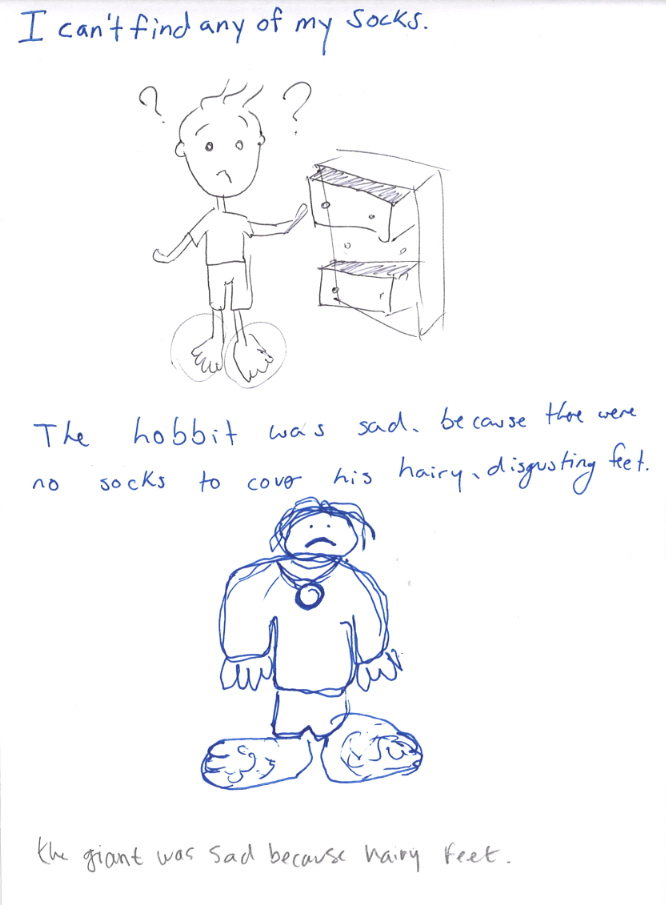Divide the group into 3 to 5 teams.
Teams take turns to come up with a statement in the target language beginning with "If..." and ending with "please sit down"
For example - "kalau rambut kamu berwarna cokelat, duduklah" ("If you have brown hair, please sit down") or "kalau anda lebih suka anjing daripada kucing, duduklah" ("If you prefer dogs to cats, please sit down.")
The aim is to knock out as many members of opposing teams as they can while leaving as many of their own team standing as possible. I would suggest that the winning team must have at least 2 people standing so that the one person in the class with a unique hobby can't just use that to make their team win "If you do archery, please sit down... oh, that's everyone but me!"
Statements may not be mean, insensitive or picking on one person (eg, "If your name is Matt, please sit down.")
Students who are sitting down can still offer statements for their team. I tend to go with a rule that each team member can only speak once so that everyone has a chance to speak. I encourage a variety of language using my normal class point / raffle ticket system to get the kids to be creative and to take risks.
This game can be great for students to get to know each other, and also is fun if the students know each other well as they can use what they know about each other.
You could add the opportunity for people to give a "please stand up" statement stand up again, but perhaps with the proviso that they can't just repeat a previous statement - so, if the team got knocked out by "if you prefer dogs to cats, please sit down" they can say "if dogs are your favourite pet animal, please stand up", but they can't just say "if you prefer dogs to cats, please stand up."
You can focus on a theme - eg clothing, hobbies or just encourage students to come up with whatever they will. If it's getting too repetitive & similar, feel free to add a new rule (eg maximum of 4 statements about hair & eyes)
I hope all that makes sense! If not, please forgive me (and also let me know so I can clarify! I'm a bit flu-y at the moment...aduh!)








